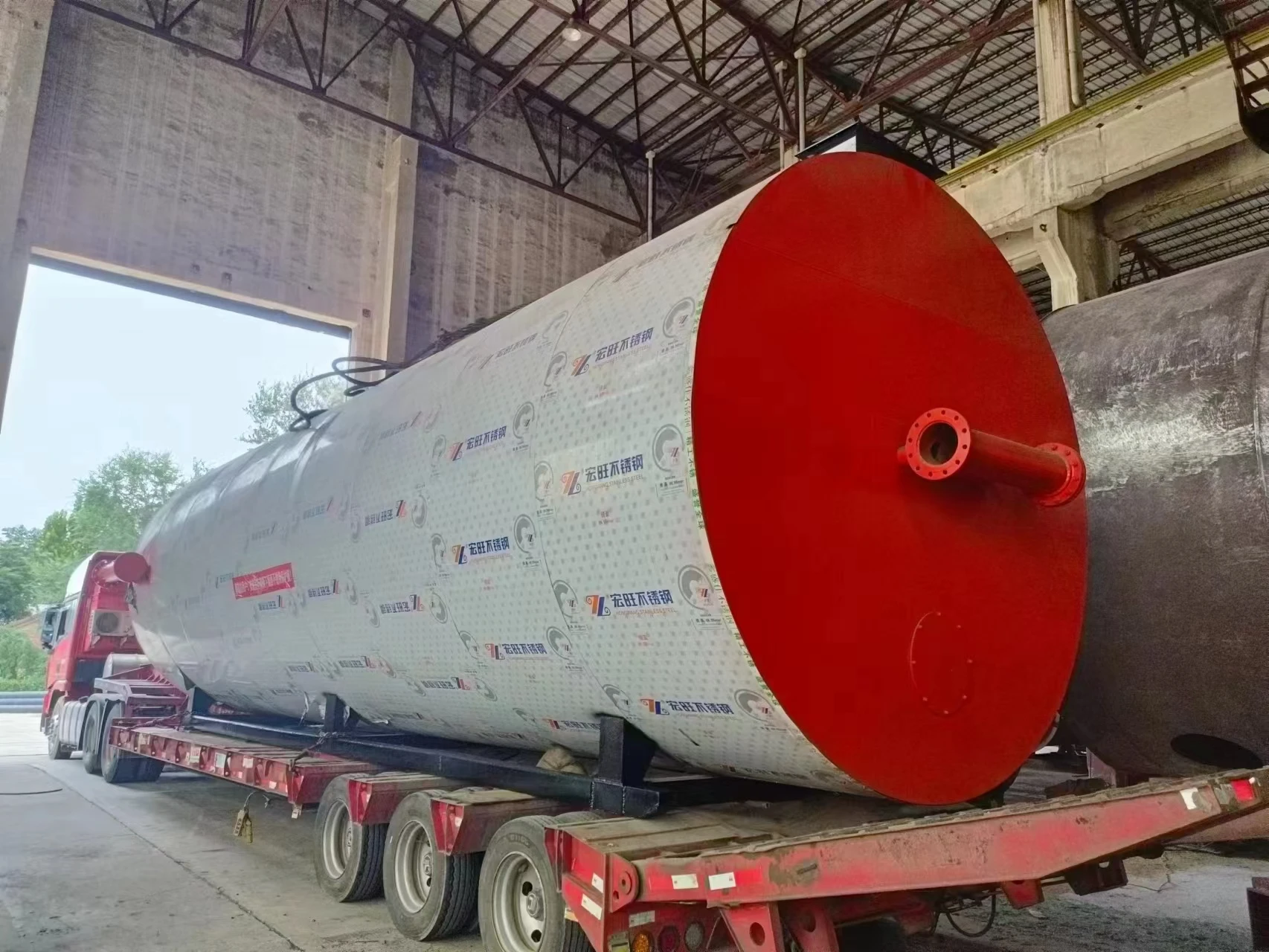
Ақп . 15, 2025 11:19 Back to list
steam boiler parts and function pdf
In the realm of industrial machinery, understanding the components and functionalities of steam boilers is crucial for maintaining efficient operations. Steam boiler systems play an integral role in various industries such as power generation, manufacturing, and even in residential heating solutions. This article delves into the essential parts of steam boilers and their functions, offering insights grounded in industry expertise.
7. Economizer The economizer is a component that preheats the feed water using residual flue gases. This process effectively recycles energy, reducing fuel consumption and increasing the overall efficiency of the boiler system. 8. Safety Valves These valves are essential for preventing pressure build-up beyond safe levels within the boiler. They automatically release steam when pressures exceed predefined limits, ensuring the safety of personnel and equipment. 9. Feed Water Pump The feed water pump's function is to maintain a constant level of water within the boiler. Precise control of feed water flow is crucial for the stability of steam production and the prevention of pressure fluctuations. 10. Blowdown Valve Regular removal of sediment and impurities from the boiler is managed through blowdown. The blowdown valve allows operators to expel concentrated water and particulate matter, aiding in the prevention of scale and corrosion, which can significantly impair boiler efficiency and lifespan. 11. Control Systems Modern steam boilers are equipped with advanced control systems that manage pressure, temperature, and water levels. These systems utilize sensors and automated feedback loops to optimize performance, ensuring reliable and efficient operation. Understanding the intricate workings and maintenance of these components is paramount for anyone involved in the operation or maintenance of steam boiler systems. Proper upkeep not only extends the lifespan of the equipment but also ensures safety and operational efficiency. For industries reliant on steam generation, investing in a knowledge base about steam boiler parts and functions is a step toward sustainable and cost-effective production processes.


7. Economizer The economizer is a component that preheats the feed water using residual flue gases. This process effectively recycles energy, reducing fuel consumption and increasing the overall efficiency of the boiler system. 8. Safety Valves These valves are essential for preventing pressure build-up beyond safe levels within the boiler. They automatically release steam when pressures exceed predefined limits, ensuring the safety of personnel and equipment. 9. Feed Water Pump The feed water pump's function is to maintain a constant level of water within the boiler. Precise control of feed water flow is crucial for the stability of steam production and the prevention of pressure fluctuations. 10. Blowdown Valve Regular removal of sediment and impurities from the boiler is managed through blowdown. The blowdown valve allows operators to expel concentrated water and particulate matter, aiding in the prevention of scale and corrosion, which can significantly impair boiler efficiency and lifespan. 11. Control Systems Modern steam boilers are equipped with advanced control systems that manage pressure, temperature, and water levels. These systems utilize sensors and automated feedback loops to optimize performance, ensuring reliable and efficient operation. Understanding the intricate workings and maintenance of these components is paramount for anyone involved in the operation or maintenance of steam boiler systems. Proper upkeep not only extends the lifespan of the equipment but also ensures safety and operational efficiency. For industries reliant on steam generation, investing in a knowledge base about steam boiler parts and functions is a step toward sustainable and cost-effective production processes.
Share
Latest News
-
Efficient Biomass Fired Hot Water Boiler | AI Heating Solution
NewsAug.01,2025
-
High-Efficiency Gas Thermal Oil Boilers | HPT Models
NewsJul.31,2025
-
Oil Fired Hot Water Boilers Sale - High Efficiency & Affordable
NewsJul.31,2025
-
High-Efficiency Commercial Oil Fired Steam Boiler for Industry
NewsJul.30,2025
-
High-Efficiency Biomass Fired Thermal Oil Boiler Solutions
NewsJul.30,2025
-
High Efficiency Gas Fired Thermal Oil Boiler for Industrial Heating
NewsJul.29,2025
Related PRODUCTS
Copyright © 2025 HEBEI HONGZE BOILER MANUFACTURING CO., LTD. All Rights Reserved. Sitemap | Privacy Policy






















